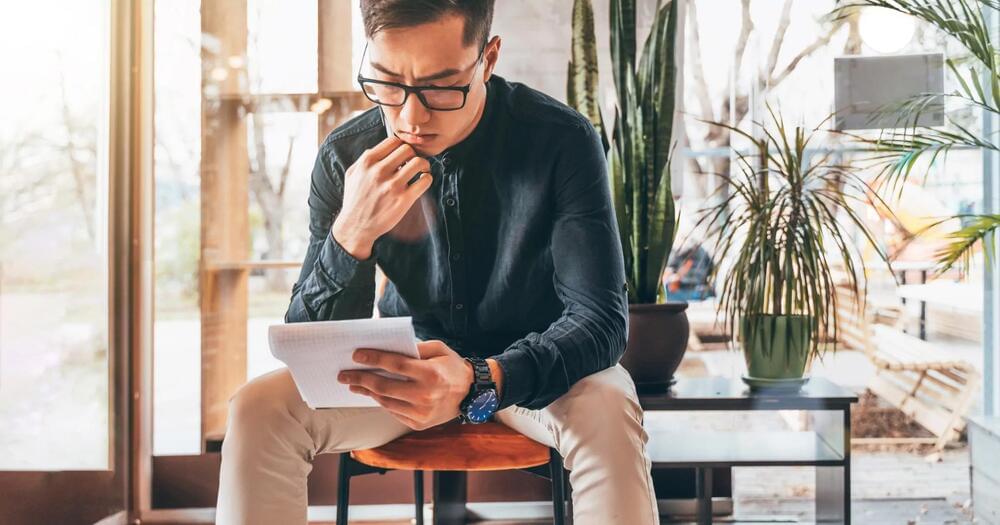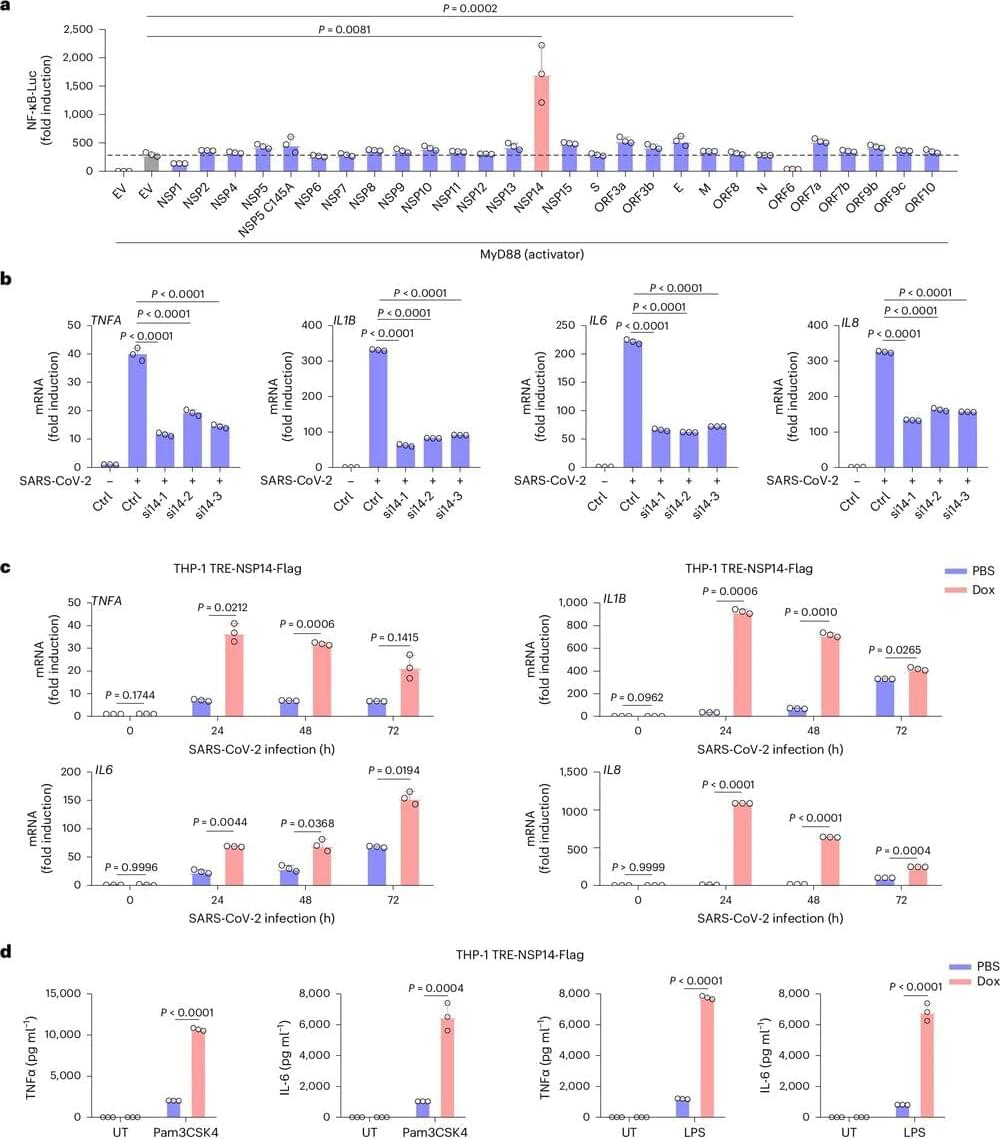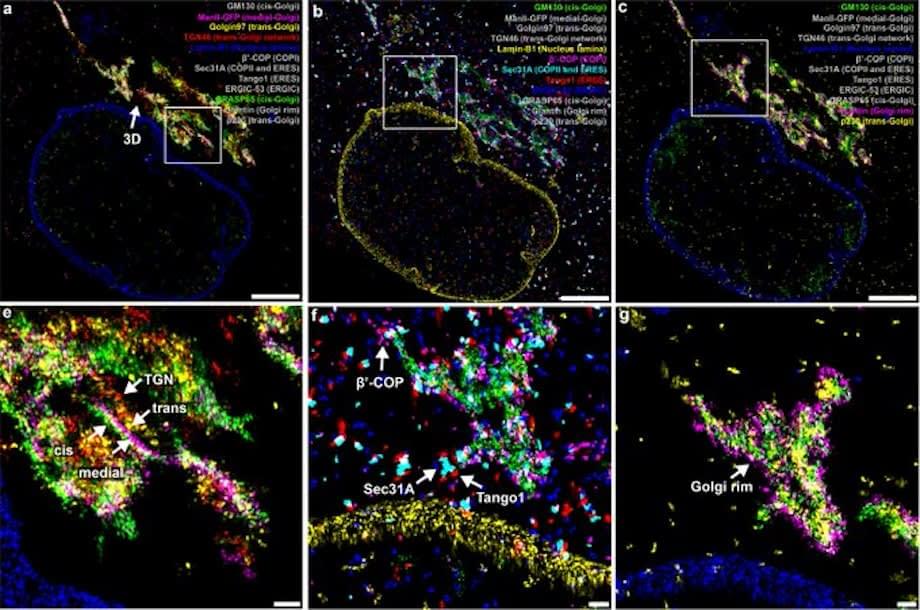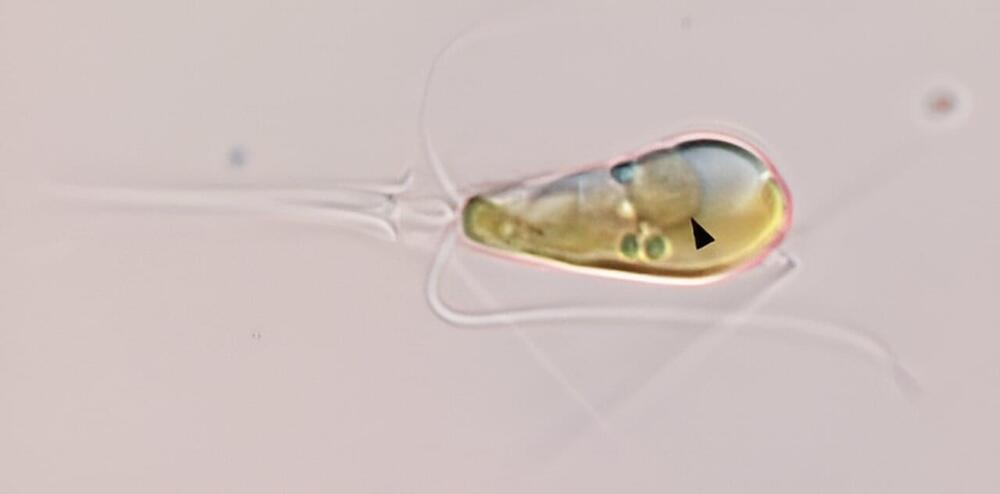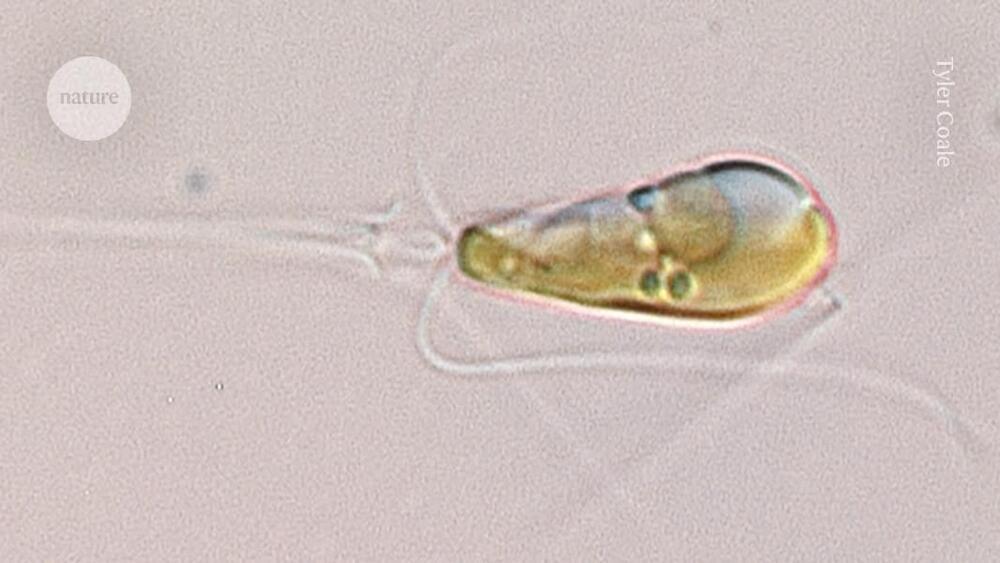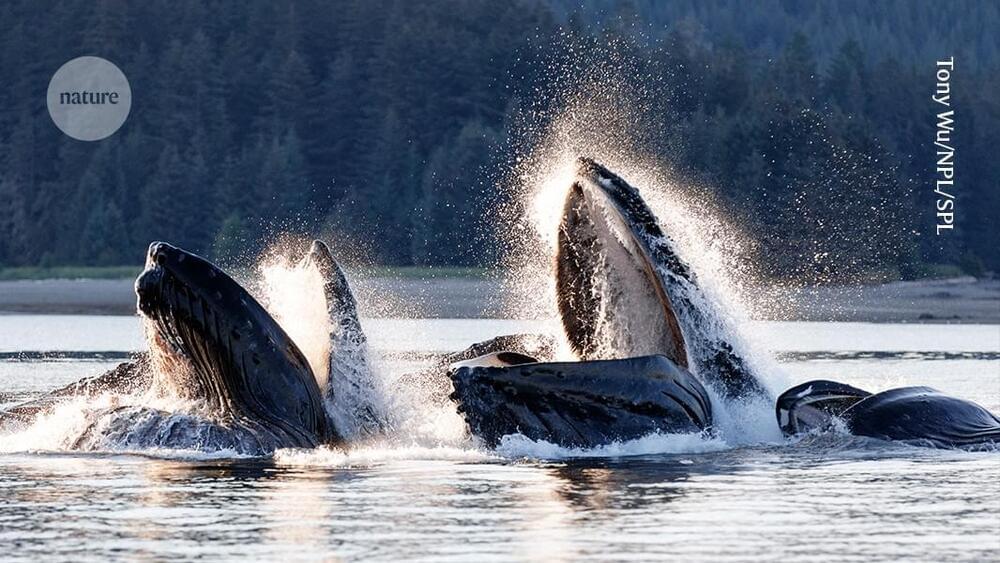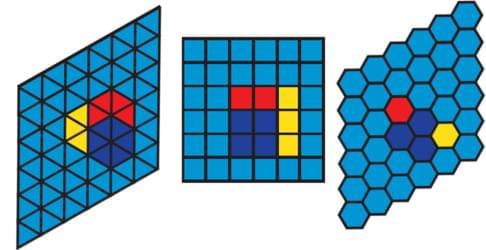Imagine a world where machines aren’t confined to pre-programmed tasks but operate with human-like autonomy and competence. A world where computer minds pilot self-driving cars, delve into complex scientific research, provide personalized customer service and even explore the unknown.
This is the potential of artificial general intelligence (AGI), a hypothetical technology that may be poised to revolutionize nearly every aspect of human life and work. While AGI remains theoretical, organizations can take proactive steps to prepare for its arrival by building a robust data infrastructure and fostering a collaborative environment where humans and AI work together seamlessly.
AGI, sometimes referred to as strong AI, is the science-fiction version of artificial intelligence (AI), where artificial machine intelligence achieves human-level learning, perception and cognitive flexibility. But, unlike humans, AGIs don’t experience fatigue or have biological needs and can constantly learn and process information at unimaginable speeds. The prospect of developing synthetic minds that can learn and solve complex problems promises to revolutionize and disrupt many industries as machine intelligence continues to assume tasks once thought the exclusive purview of human intelligence and cognitive abilities.
